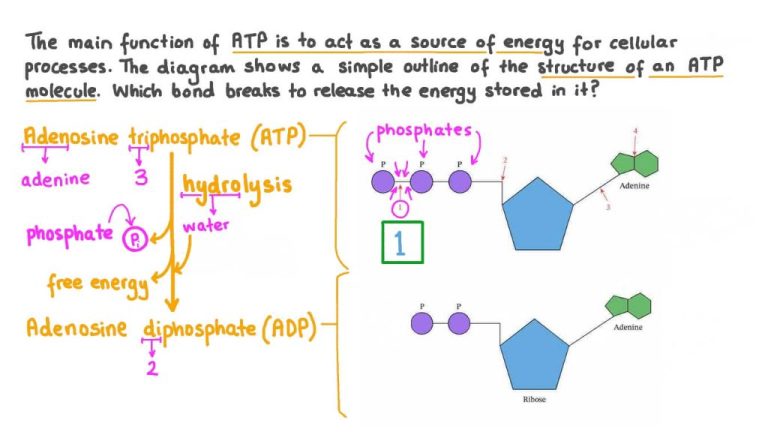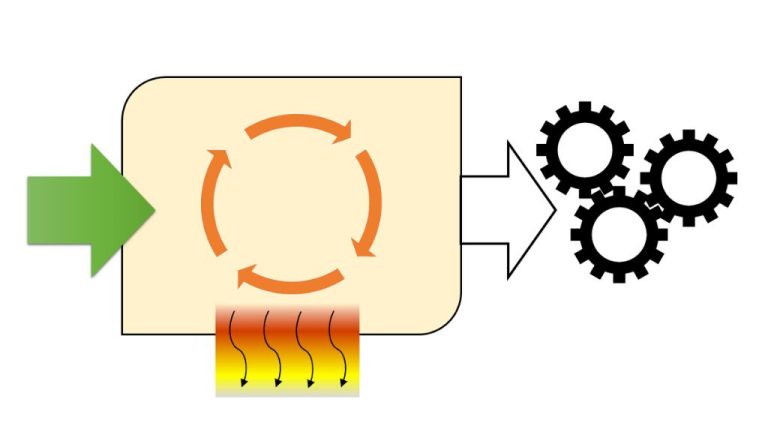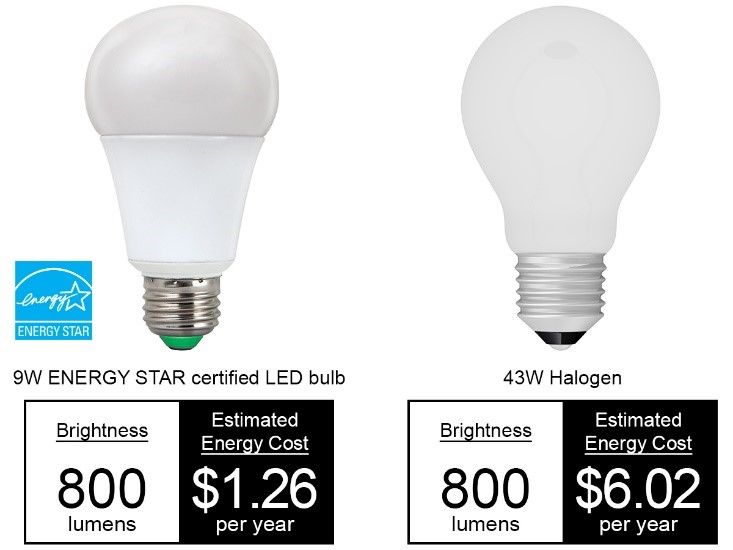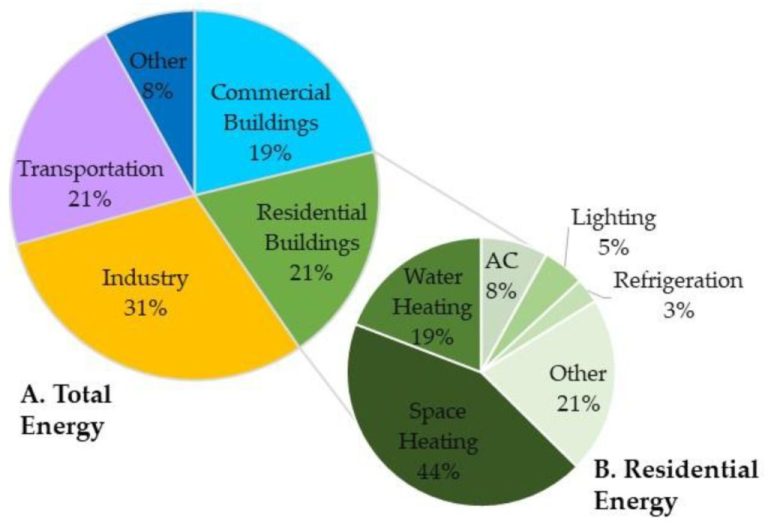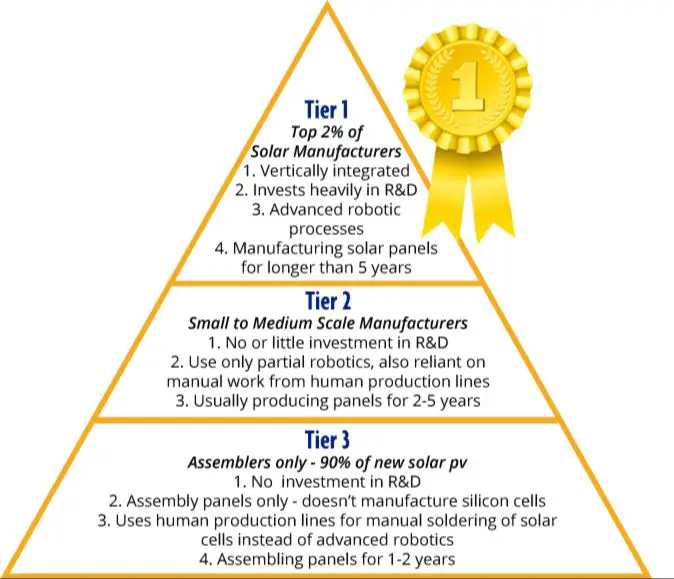Are Can Lights Energy-Efficient?
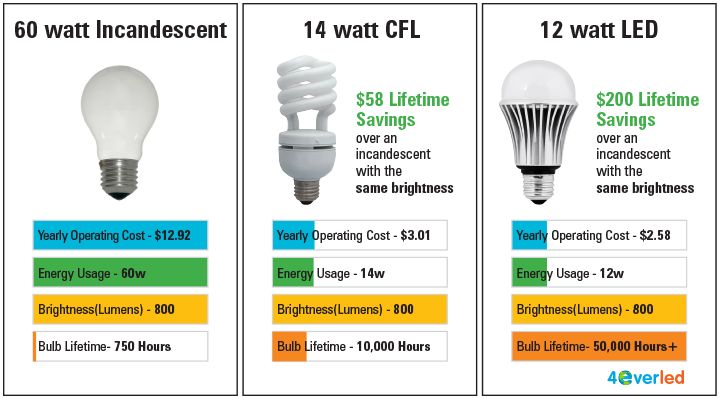
With their sleek, unobtrusive design, can lights have become a popular choice for residential and commercial lighting. Recessed into the ceiling, these cylindrical fixtures provide directed light perfect for task lighting or accent lighting. But how energy-efficient are can lights? This is an important question for any homeowner or business owner looking to save on electricity costs and reduce their carbon footprint. In this article, we’ll take a detailed look at the energy efficiency of different types of can lights and help you decide if they are the right choice for your lighting needs.
What are Can Lights?
Can lights, also known as recessed lights or downlights, are cylindrical light fixtures that are installed into an opening in a ceiling [1]. The name “can lights” comes from the can-like shape of the fixtures. Can lights house a lamp (typically LED or halogen) inside a metal can or housing, allowing the light to shine down from the ceiling while hiding the light source. Can lights provide direct lighting that is useful for task illumination in areas like kitchens, offices, and bathrooms. The recessed design helps concentrate the light while also creating a clean, unobtrusive look [2].
Typical uses for can lights include providing focused task lighting over countertops, workstations, art displays, or other areas where a concentrated beam of light is desired. They are commonly used in residential kitchens, bathrooms, hallways, and living rooms. In commercial settings, can lights are often installed in offices, retail stores, restaurants, and galleries.
Types of Can Lights
There are several main types of can lights to choose from: LED, halogen, and incandescent. Each has its own advantages and disadvantages.
LED Can Lights
LED (light-emitting diode) can lights are the most energy-efficient option. They use up to 90% less energy than traditional incandescent lights and last 25 times longer (See https://www.1000bulbs.com/fil/categories/led-down-lights). LEDs give off very little heat, making them safer. They come in a wide range of color temperatures, from warm white to daylight. The pros of LED can lights are efficiency, longevity, cool operation, and color options. The main con is higher upfront cost.
Halogen Can Lights
Halogen can lights use halogen lamps, which produce light via an internal filament like an incandescent bulb. Halogens are more efficient than regular incandescents, producing about 30% more lumens per watt. However, they are far less efficient than LEDs. Halogens also run very hot, making insulation above the can important to prevent fire risk. The main pros of halogens are their lower cost compared to LED and good color accuracy. Cons are high energy use, heat, and shorter lifespan than LEDs (See http://www.qlrelectric.com/Recessed-can-lighting.html).
Incandescent Can Lights
Incandescent can lights use traditional incandescent light bulbs. They are the least efficient option, producing only about 10-15 lumens per watt. This wastes 85-90% of the energy they consume as heat. They also have short lifespans of just 1,000-2,000 hours. The only real pros of incandescents are their low cost and warm light quality. The cons are high energy use, short life, and hot operation.
Energy Efficiency
Energy efficiency refers to the amount of light produced per unit of energy consumed. When it comes to recessed lighting, energy efficiency is an important consideration since lighting accounts for about 15% of an average home’s electricity use. Some types of recessed lights are inherently more energy efficient than others.
Standard incandescent can lights are the least efficient option, converting only 10-15% of energy consumed into light. The rest is wasted as heat. Halogen lights are a bit better at around 20% efficiency. Compare that to LED recessed lights which convert over 80% of energy into light, making them by far the most energy efficient choice (source).
When replacing old recessed lights, simply swapping incandescent or halogen bulbs for LEDs can reduce energy use by 75% or more. Going from 50W halogens to 6W LED retrofit kits cuts electricity consumption dramatically. Newer recessed lighting fixtures designed specifically for LEDs can be even more efficient.
Beyond the lamp type, factors like bulb shape, lumen output, dimming, and controls also impact energy efficiency. Properly sizing lights, using dimmers, and integrating occupancy/daylight sensors maximize savings (source). High quality LED recessed lighting coupled with smart controls is the ultimate energy saving combination.
Cost Savings
Switching to energy-efficient LED can lights can result in significant electricity cost savings over time. According to the U.S. Department of Energy, lighting accounts for around 15% of an average home’s electricity use, and the average household saves about $225 per year by using LED lighting instead of incandescent bulbs. The energy efficiency of LED can lights means they use up to 80% less power than halogen can lights.
One analysis estimates that by switching to LEDs, you can save around $4,000 over 20 years (the typical lifespan of an LED bulb). The energy savings from LEDs provides a quick payback period on the upfront cost. While LED can lights may cost more initially, they can pay for themselves in as little as 1-2 years from electricity savings. After that, the energy efficiency provides continued cost savings for many years.
Studies by researchers at the University of Michigan outline the cost and energy savings of switching from older lighting like fluorescents to LEDs. They confirm that transitioning to LEDs reduces electricity usage and carbon footprint while saving money in both residential and commercial settings.
Light Quality
The quality and color of light emitted from can lights can vary significantly between LED, halogen, and incandescent bulbs. LED lights tend to emit a cooler, bluer light in the 5000-6500K color temperature range, while halogen lights produce a warmer, more yellow light around 3000K. Many people prefer the warmer ambiance of halogen lighting for living spaces, while LEDs are well-suited for task lighting.
In terms of brightness, LED lights are far more energy efficient, producing about 80-100 lumens per watt, compared to just 16-24 lumens per watt from halogens. So LED can lights will appear significantly brighter while using less energy. However, some complain that the cooler LED light can appear harsh and clinical compared to the cozier glow of halogens. The choice often comes down to personal preference.
Overall, LED can lights offer more potential for tuning light color and brightness to customize the ambiance. But many still prefer the familiar warm light quality produced by halogen lamps. Considering energy efficiency alongside ambiance and brightness needs will help determine the best option.
Installation
Installing can lights requires careful planning and execution. Here are the key steps when installing recessed lighting:
First, choose the right location for each can light. Spacing lights apart by half the height of the walls is a good guideline. Measure and mark the exact positions for each light.
Next, cut holes in the ceiling at the marked locations. Use a circle cutter specially designed for installing recessed lights. Wear safety goggles and gloves when cutting.
Run electrical wires between the can lights and to the switch. Use 14/2 or 12/2 NM electrical wire. Consult an electrician if you are unsure about wiring.
Attach mounting brackets to the electrical box above each hole. The brackets will hold the can light fixtures in place.
Connect the wiring and install the can light fixtures into the mounting brackets. Make sure not to pinch the wires.
Consider using LED bulbs, which are more energy-efficient. Install trims to conceal the rim of the can lights.
Some expert tips when installing recessed lighting:
– Allow for adequate insulation clearance around can lights to prevent fire hazards.
– Use IC/airtight can housings in insulated ceilings.
– Choose the correct housing depth for the ceiling thickness.
– Follow all electrical and building codes.
Smart Controls
One of the biggest benefits of smart can lights is the ability to automate and control them remotely. Many smart can light models come with automation features right out of the box. For example, the TRAMSMART 6 Inch Smart LED Recessed Lights can be scheduled to turn on and off at certain times, dimmed or brightened, and change color temperature.
Smart can lights also commonly integrate with popular home automation platforms like Amazon Alexa, Google Assistant, and Apple HomeKit. This allows you to control the lights using voice commands or through the automation platform’s app on your smartphone or tablet. For instance, the Lumary Wi-Fi Smart Canless Recessed Lighting works with Alexa and Google Assistant for voice control.
The integration with home automation systems allows you to incorporate smart can lights into more advanced smart home routines and scenarios. You could set up a “good morning” routine to gradually brighten the smart can lights in your bedroom and turn on kitchen lights. Or create a “movie time” scene to dim smart recessed lighting in the living room. The options for home automation are virtually endless with compatible smart can lighting.
Maintenance
Keeping can lights clean and properly maintained will maximize their longevity and light output. Here are some tips for maintaining can lights:
Cleaning
Use a dry, soft cloth to gently wipe down the outside of the can light fixture to remove dust and debris. Avoid using harsh cleaners or abrasive cloths that could scratch the fixture. For glass covers, a microfiber cloth dampened with water can help remove more stubborn dirt. Let the glass dry completely before turning the light back on.
To clean the inside reflective surfaces, first ensure the power is off and the bulb has cooled. Then remove the trim or bulb and use a vacuum crevice tool to extract dust buildup. A soft brush can dislodge stuck-on debris. Reinstall the parts once everything is clean.
Changing Bulbs
Check the recommended lifespan for your bulb type and change out the bulb before it burns out to maintain optimal light levels. When installing a new bulb, avoid touching the glass with bare fingers which can leave oils that lead to hot spots. Only handle the base and be sure to match the wattage to the fixture requirements.
Troubleshooting Tips
If the light flickers, makes noise or fails to turn on, the problem could be a defective bulb, a wiring issue, or a problem with the housing. Check bulbs first and replace if needed with the correct type. Ensure wires are properly connected. Finally, inspect the housing for cracks or damage that allow light leaks or moisture inside.
For persistent issues, consult a lighting professional to diagnose and repair the can light.
Conclusion
In summary, we’ve looked at several factors related to the energy efficiency of can lights, including the type of bulb, housing, and controls used. LED can lights paired with efficient housings like IC-rated or airtight models can be quite energy efficient, saving up to 80% over halogen. Smart controls like dimmers, motion sensors, and timers boost efficiency further by tailoring light to needs. While installation and maintenance costs are higher, electricity savings often outweigh these over time. With the right components, can lights can be an energy-efficient option for many homes and businesses compared to older lighting technologies.
The verdict is that today’s LED can lights with efficient housings and controls can provide energy savings and quality lighting, making them a good option for energy-conscious homeowners and businesses.

